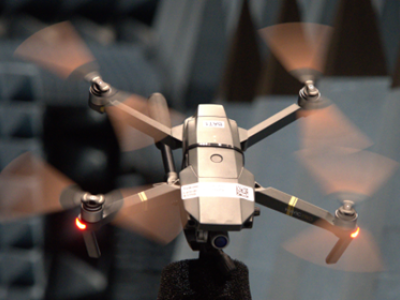
The results are based on the measurements conducted on small drones and a bionic bird using a 60 GHz millimeter wave radar, analyzing their micro-Doppler characteristics in both time and frequency domain. The results are presented in .pkl format. The more detailed description of the data and how the authors processed it will be updated soon.
- Categories:


